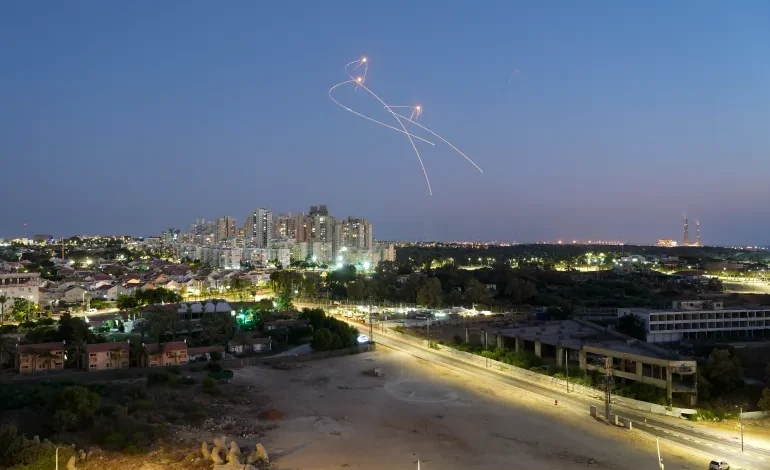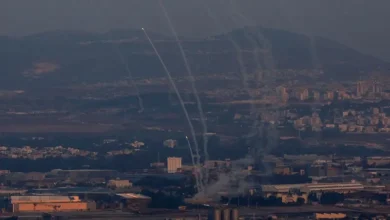What is Israel’s Iron Dome defence system and is it effective? All to know

Israel pledged a stern response to the Iranian missile attacks. But by early Wednesday, there was little clarity on what damage the barrage of Iranian projectiles had caused in Israel. Medics said two Israelis were injured by shrapnel.
At the heart of Israel’s air defence system is the so-called Iron Dome, which on Tuesday — as it has previously — is believed to have intercepted most incoming projectiles, meeting them midair before they could explode on Israeli territory.
Why was it developed?
Israeli defence technology company Rafael Advanced Defense Systems developed the system, with the United States backing the project through a $200m grant.
It was developed to counter rocket attacks during the war with Hezbollah in 2006. It became operational in 2011.
A naval version of the Iron Dome was deployed in 2017 to protect ships and sea-based assets.
Israel’s interception systems cost between tens of thousands and millions of dollars to shoot down rockets. The country is currently developing a laser-based system to neutralise rockets and drones at an estimated cost of $2 per interception.
Is the Iron Dome effective?
Israel claims that the Iron Dome is 90 percent effective. US Department of Defense officials have echoed this statement.
The system has successfully intercepted previous rocket attacks on several occasions, according to the US-based Modern War Institute.
But it has also been overwhelmed, at least partly, in some instances, such as on an occasion in October 2023 when Hamas fired thousands of rockets in one day. The recent attack was significantly different. Hamas said it launched 5,000 rockets in an initial barrage. Israel’s military countered by saying 2,500 rockets were fired.
“That quantity was simply too much for Iron Dome to manage,” said the Modern War Institute report.
This means that the Iron Dome has an unknown saturation point. It can only intercept a certain number of rockets. If that number is exceeded, the rest of the rockets will permeate the system, according to a Forbes report from 2021.
The Iron Dome’s technical loopholes have previously been pointed out. In 2014, Massachusetts Institute of Technology physicist Theodore Postol told Al Jazeera that the interceptor was behaving erratically, and instead of smoothly meeting the target, it was making sharp turns.
What other air defence does Israel have — beyond the Iron Dome?
While the Iron Dome was designed to intercept short-range rockets — those with a range of up to 70km (43 miles) — and is often used to denote Israel’s overall air defence system, the country also has at least two other pillars to its aerial security.
David’s Sling, one of them, is supposed to intercept missiles with a range between 40km (25 miles) and 300km (186 miles). The Arrow System intercepts missiles with a range of up to 2,400km (1,491 miles).
Rafael Advanced Defense Systems says it delivered two Iron Dome batteries to the US Army in 2020.
Ukraine is also seeking the system in its war with Russia, though Israel has so far only provided Kyiv with humanitarian support and civil defence.










